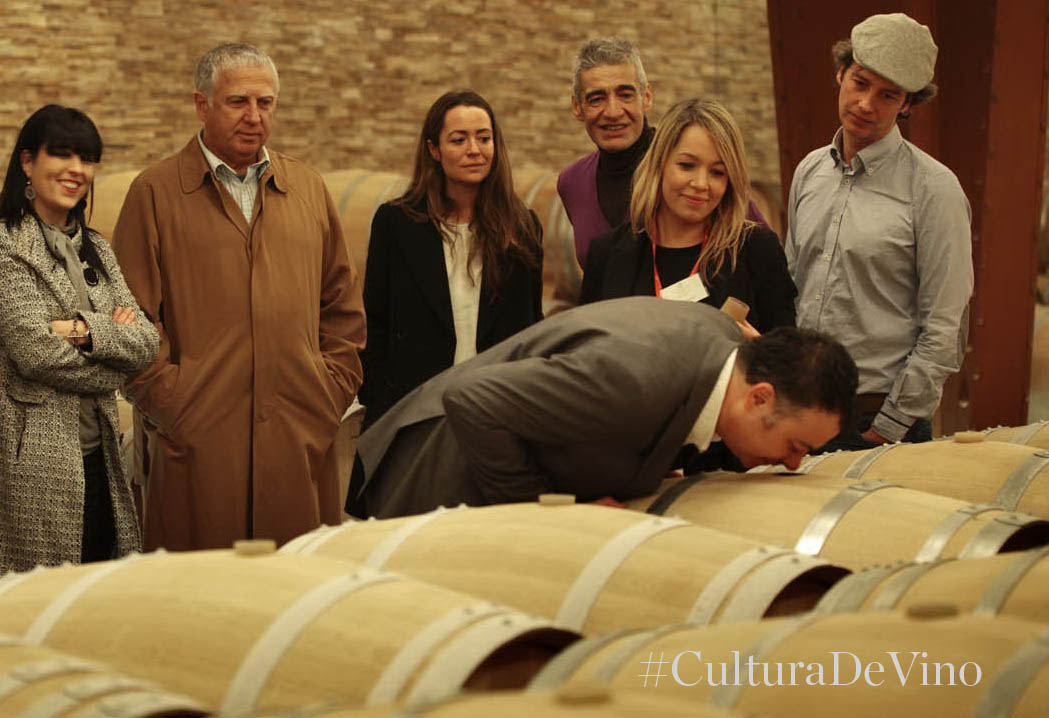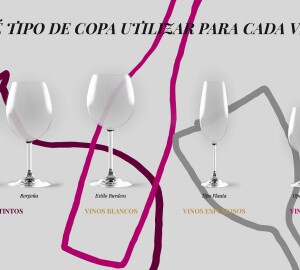"How can you find so many things in a glass of wine? To me, it simply smells like wine". This is, without a doubt, the comment I have heard most often since I started working as a wine journalist. And I always reply the same thing: "It was the same for me at the beginning".
Science has discovered that there are people with a greater ability to detect flavours: they are the supertasters. The term was coined by researcher Linda Bartoshuk in 1991 to define those with a higher concentration of taste buds on the tongue. These individuals tend to be hypersensitive to bitterness and, in general, experience flavours with particular intensity. Some wine critics who have undergone the PROP test for bitter sensitivity have turned out to be supertasters, but many others have beenmedium tasters and several have turned out to benon-tasters! This is not surprising considering Bartoshuk's calculations that only 25% of the population would be supertasters and another 25% non tasters. Long live the middle ground!
That is why I am convinced that most sommeliers, journalists and oenologists who swarm around wine fairs and shows are perfectly normal people who have simply tasted and practised more than amateurs or casual wine drinkers.
To enjoy a wine, you don't have to know how to taste or be able to say what it smells or tastes like. In fact, the gesture is as simple as bringing the glass to your lips, taking a sip and feeling more or less pleasure, and at the same time incredibly complex if we try to unravel why it smells and tastes a certain way. To what extent do the soil, the variety, the climate, the characteristics of the vintage, the way it is made, the producer's vision, even the temperature at which I am drinking it and the glass I am using have an influence? Between the two extremes there are countless intermediate steps and the best thing is that everyone is free to choose how far they want to go.
Smell, on the other hand, is the sense most closely linked to memory and emotions; a smell can quickly bring to mind memories of places, people, situations..... It also has a tremendous influence on the perception of flavours, as it is the volatilisation of the aromas on the palate and their ascent through the nasal passages that allows us to obtain the full range of each flavour. The most obvious example of this is that when we have a cold and our noses are blocked, food tastes like nothing.
Each person has his or her own aromatic palette, associated with his or her experience. It makes no sense to say that a wine smells like lychee if I have not identified the aroma of that fruit. So why not approach the world of smells in a more innocent way?
Learning through play
A few years ago I played a game with my son, who was 6 years old at the time, to get him to identify some of the aroma bottles used in tasting classes. As a good sweet-tooth he had (and still has) no problem with chocolate and honey; however, when it was the turn of currant, he quickly said: "Apiretal" (for those who do not live in the infant universe, it is the paracetamol of choice for babies and toddlers, full of candy and sweet red fruit aromas). He simply searched his memory for the smell closest to the one emanating from the bottle. And, of course, in his innocence, he never considered that someone might laugh at his witticism.
Relaxing and getting rid of prejudices is a very healthy attitude when approaching (but not facing) a glass of wine. The same as trying to be more attentive to the smells around us. We have infinite opportunities at every moment: soaps, creams, perfumes, fruits, when we cook, when we walk in a park; also in its negative version: rubbish, drains, exhaust pipes... Because in wines there are also negative aromas: vinegar reveals an excess of volatile acidity; damp cardboard reveals the presence of a wine contaminated by TCA (the typical "cork" smell); the smell of stables reveals the presence of brettanomyces yeast. Of course, all these elements can appear in different concentrations and some people are more or less sensitive to them. What one person may find unpleasant, another may tolerate without problems.
In any case, the best way to start detecting aromas and flavours is to compare very different bottles: an old wine with a young one; a white wine of the year with a barrel-aged one; wines from totally opposite climatic zones... A young carbonic maceration Rioja has very clear aromas of caramel, violet and very young fruit. Nothing to do with a Gran Reserva of 10 or 15 years of ageing in which there will be sweet spices, leather notes, even powdery touches as when we enter an old attic. Neither are the notes of citric fruit and marked acidity that we find in a txakoli with the character of white fruit and herbs and, above all, the unctuous and glyceric mouth well wrapped by the alcohol of a white garnacha from Terra Alta.
Basically, and to a greater or lesser extent, all of us professionals rely on comparative tasting to do our work. Wines are described and defined by comparing them with each other. On the other hand, investigating what lies behind specific flavours or aromas is what allows us to identify styles or trends that we then pass on to our readers.
With a little practice, everyone can find aromas and flavours in wine, regardless of whether they are a supertaster, a mere taster or a non taster (incidentally, one of my favourite wine writers, the American Mike Steinberger, happened to be in the latter group). I, for one, was immensely happy the day I was able to identify the lactic notes (hints of fresh milk, actually) in a glass of wine because this was one of the most shocking aromas I heard about with great disbelief on one of my first visits to a winery.






















It is very interesting the analysis presented on smells and flavours, which goes beyond the simple fact that a wine is liked... I personally, who am in a process related to wine tasting, have found it very difficult to identify the defects in wine, such as corkiness. Could you tell me something related to the topic of Wine Defects? Thanks in advance!
Well, it is easier than it seems, but it is not simple, although it is true that with a bit of practice those of us who are winelovers and enjoy good wines will get there.
Hi Omar. It is true that it is more difficult to work with the issue of defects, especially because sometimes the concentration levels are low and it is more difficult to identify them. When the presence of TCA, which is responsible for the "corky" smell, is somewhat low, for example, the wine is flat and has a lower expression but does not smell noticeably bad. If you are particularly interested in this subject, I would recommend that you practice with the defect-specific aroma bottles.